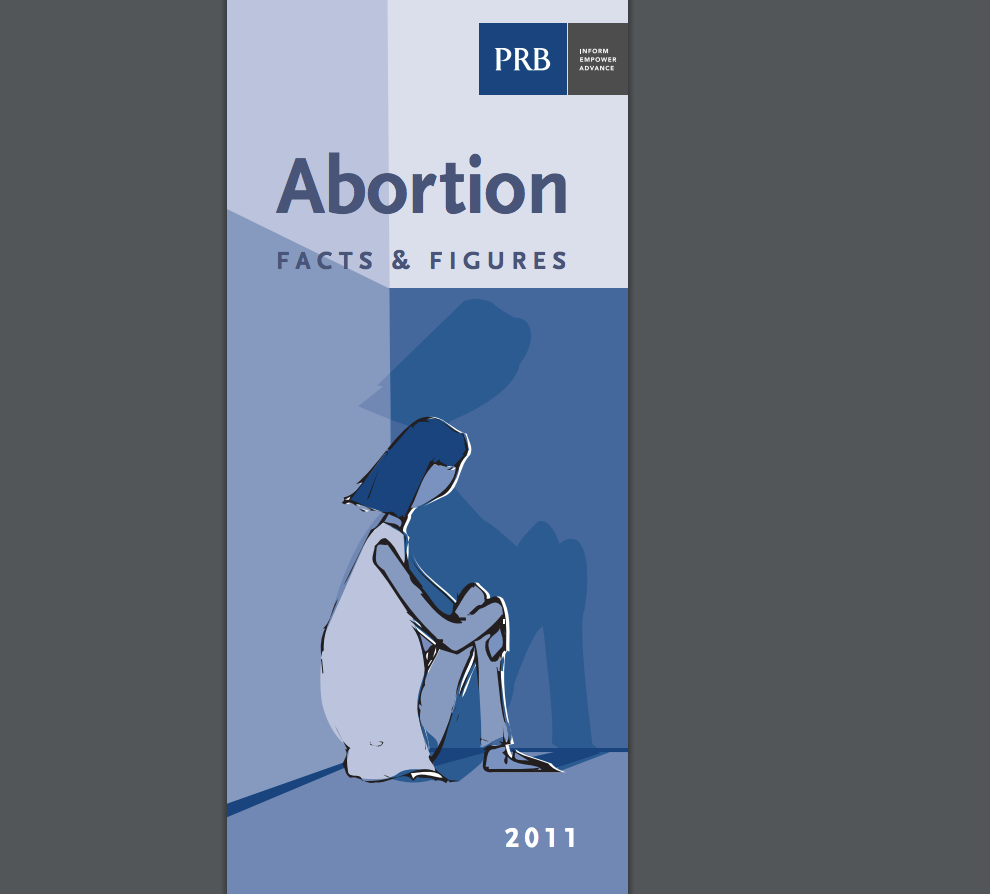The Challenges of Integrating Family Planning and Maternal/Child Health Services
(2011) For years, family planning (FP) has been integrated with maternal and child health services (MCH) in countries such as Colombia, Indonesia, Mexico, the Philippines, and Thailand.




